An event planning proposal is an all-inclusive document that outlines the services a planner will provide for a given event.
This document is a planner’s company brochure, marketing campaign, and sales pitch all wrapped up into one.
In general, an event planning proposal should be well-written, well-formatted and it should contain specifics regarding what services are included in the document and which ones are not. Besides, it should illustrate how you intend to execute the event providing all the relevant details such that the client can easily envision what you are proposing.
The proposal should present the planner as an experienced and skilled professional that is uniquely qualified and talented to execute the particular event in the best way possible. It should distinguish you as the planner from the others and establish you as reliable and trustworthy to the client.
Proposal Templates
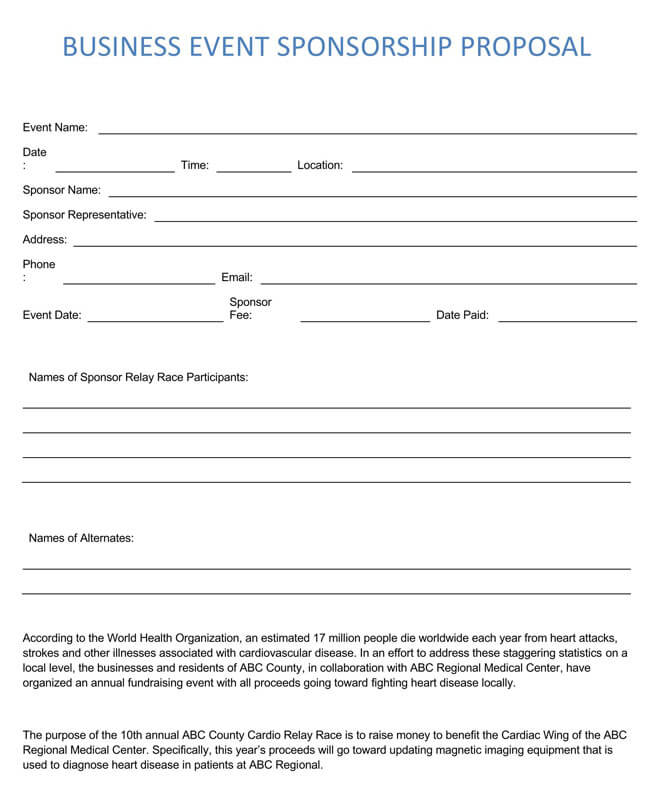
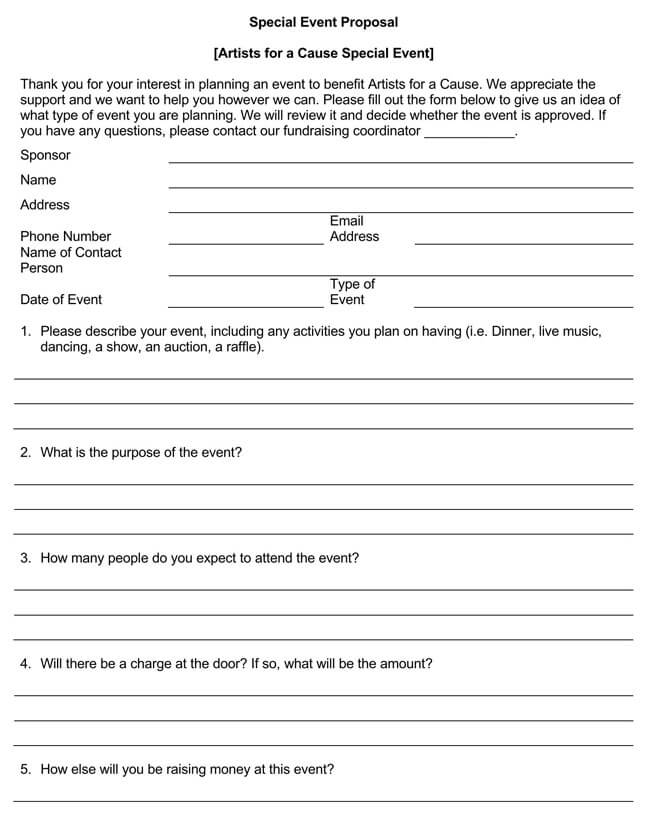
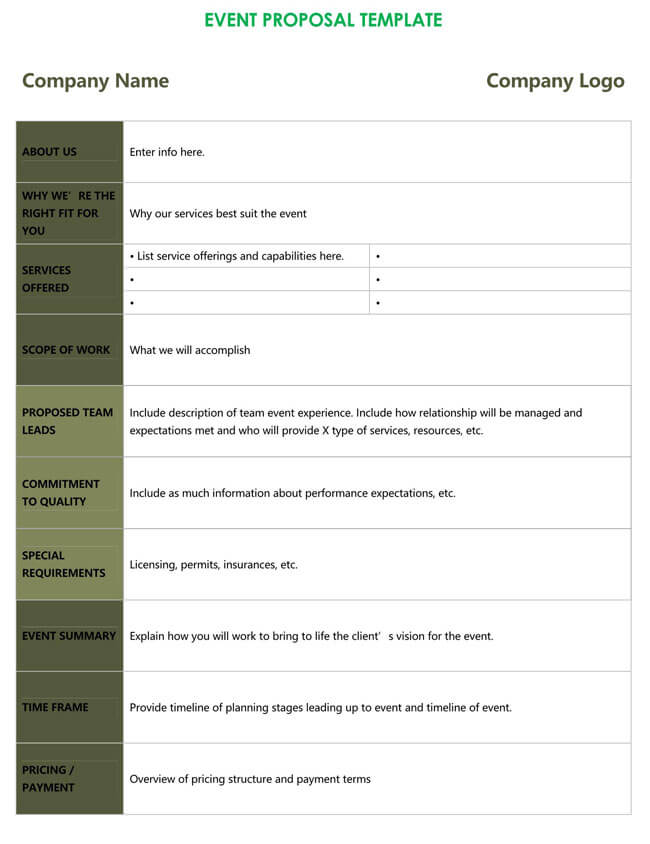
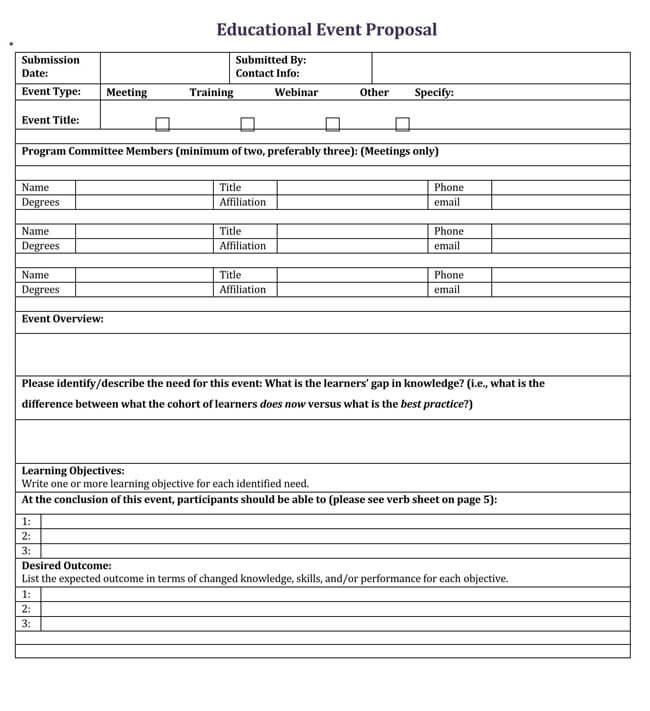
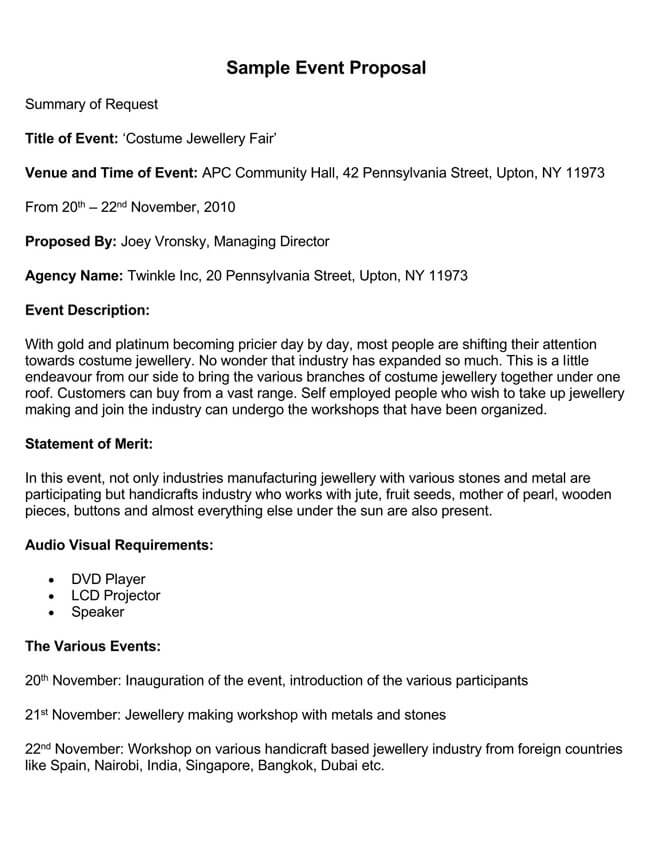
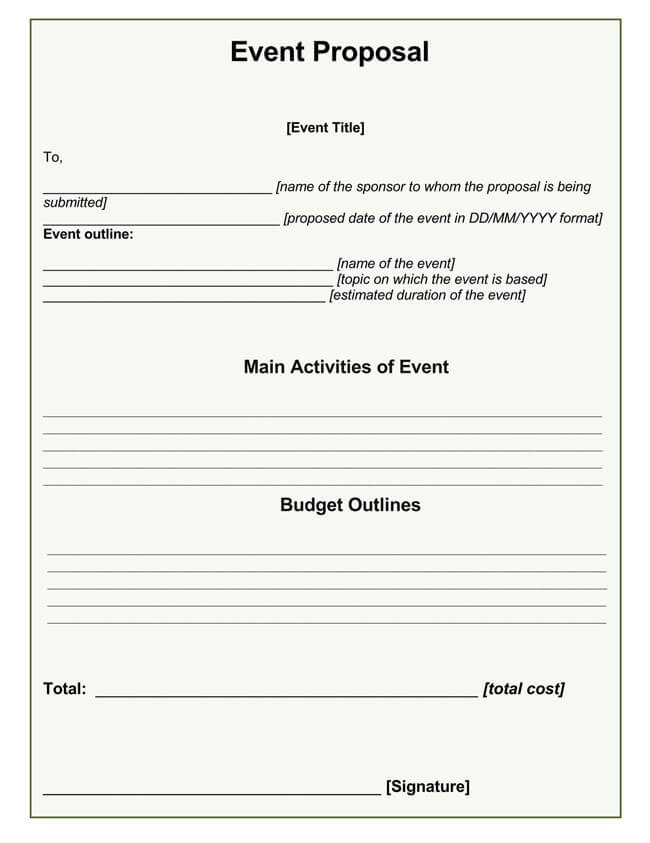
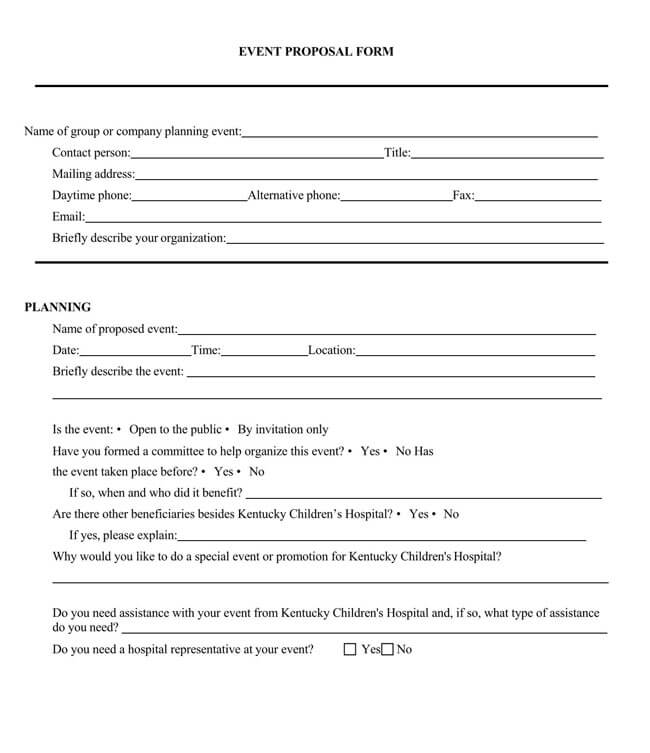
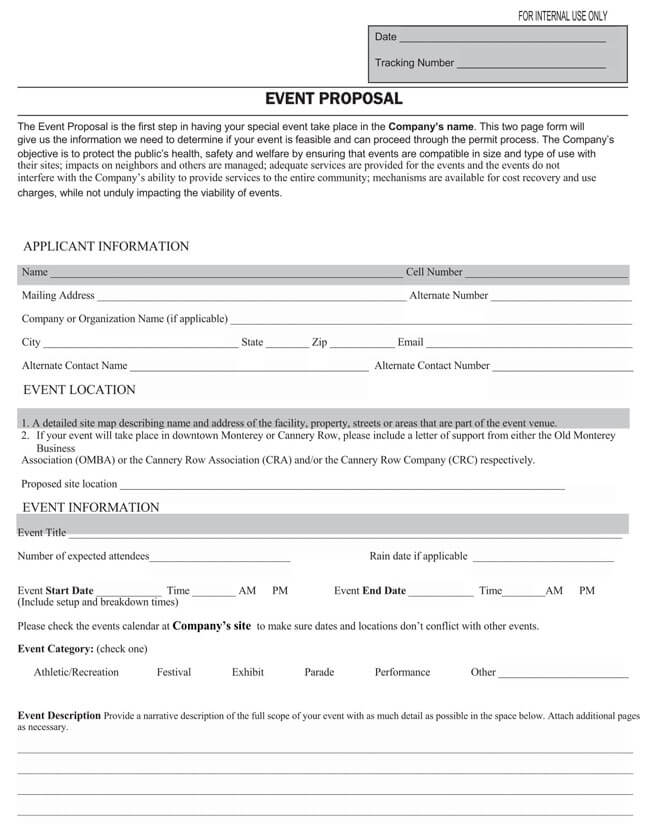
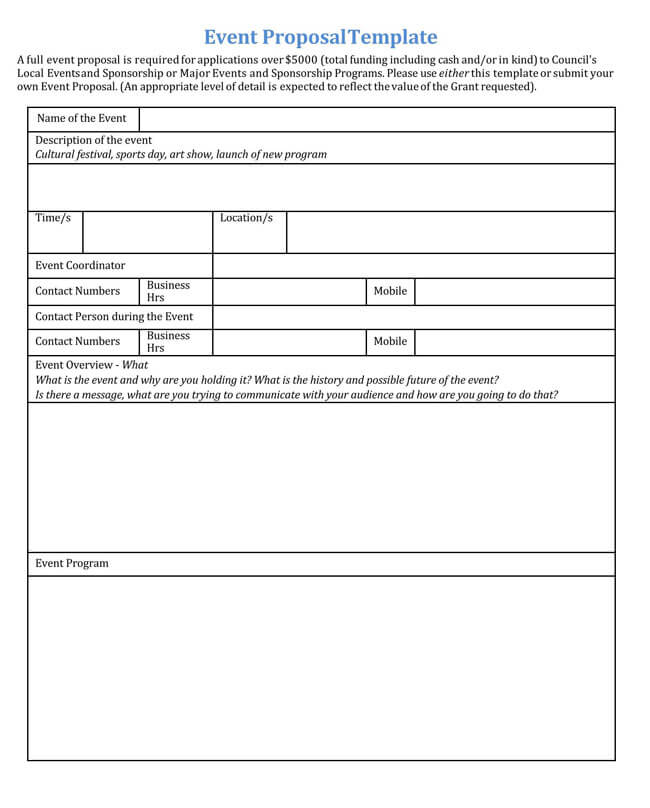
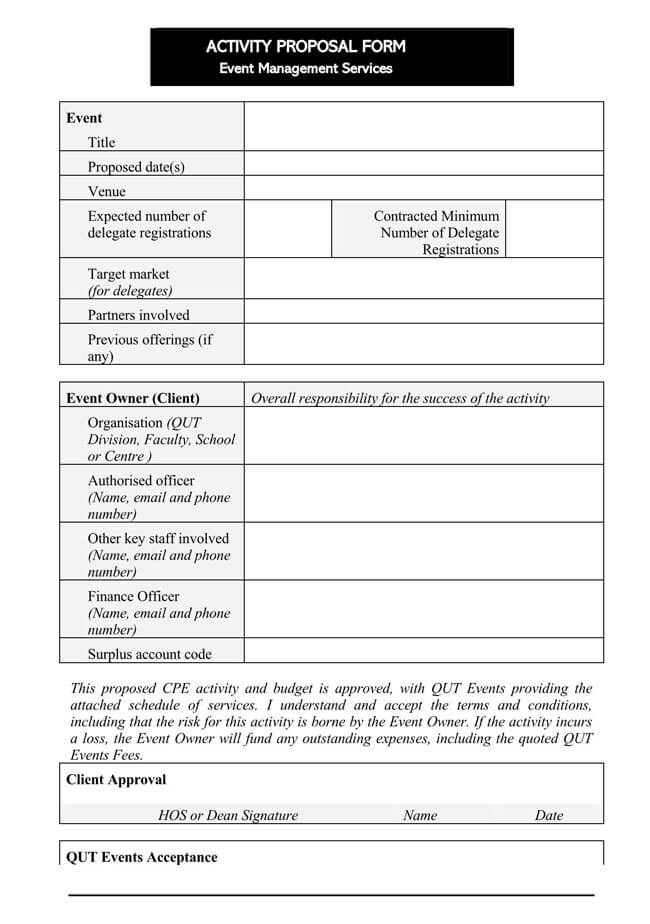
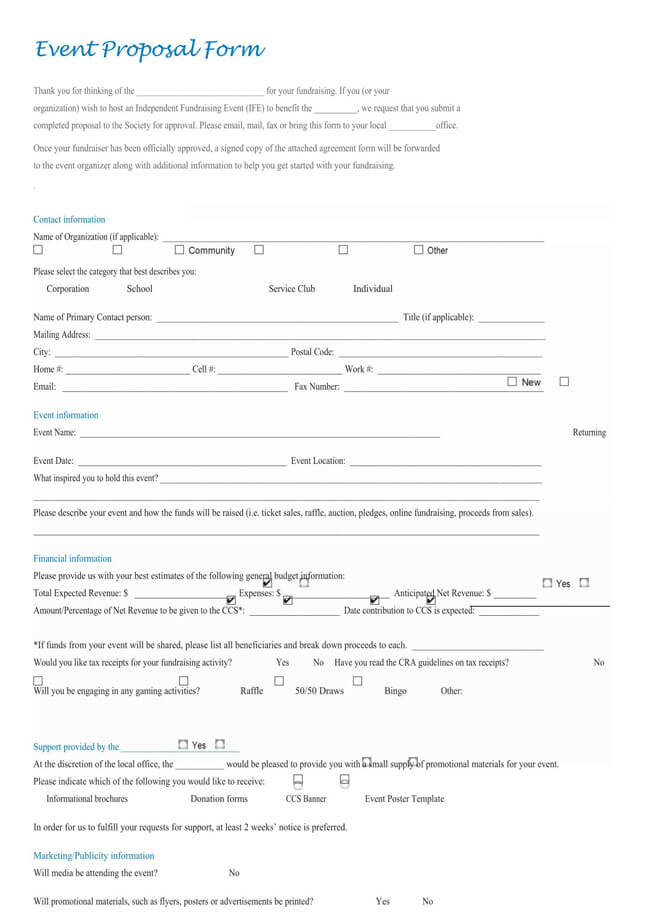
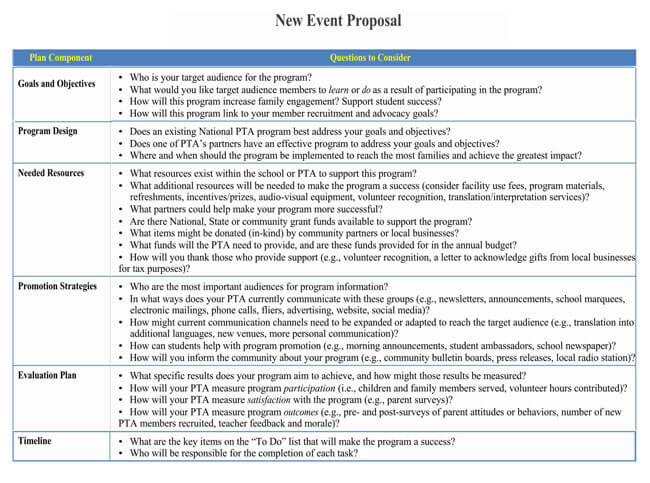
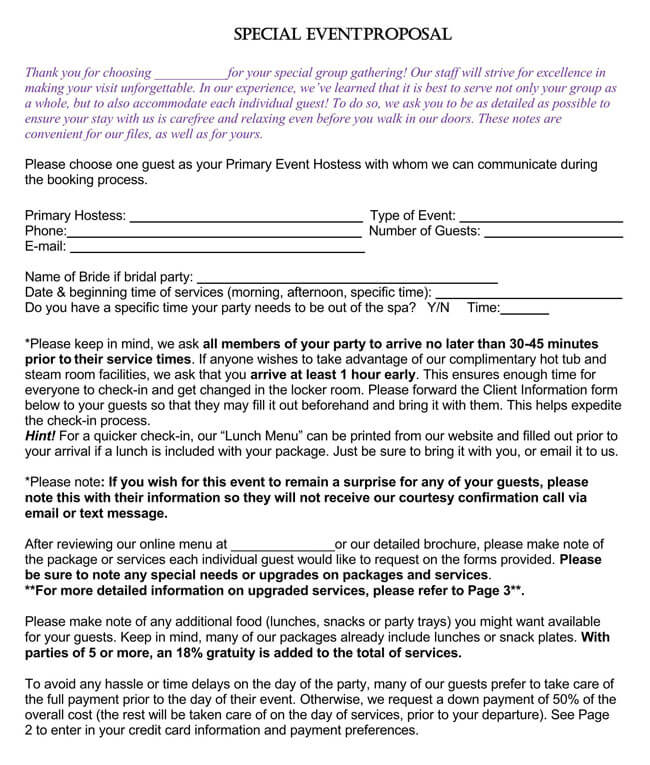
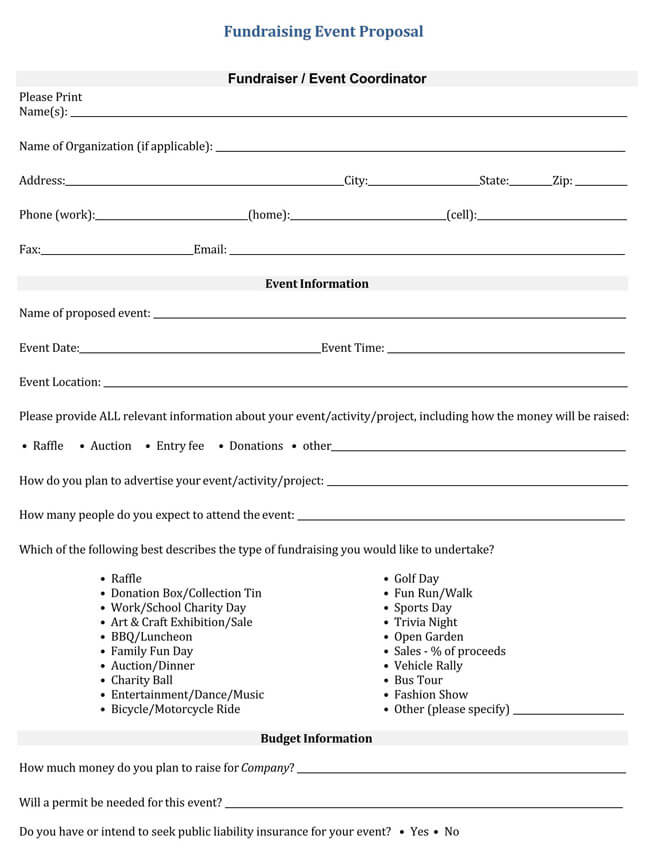
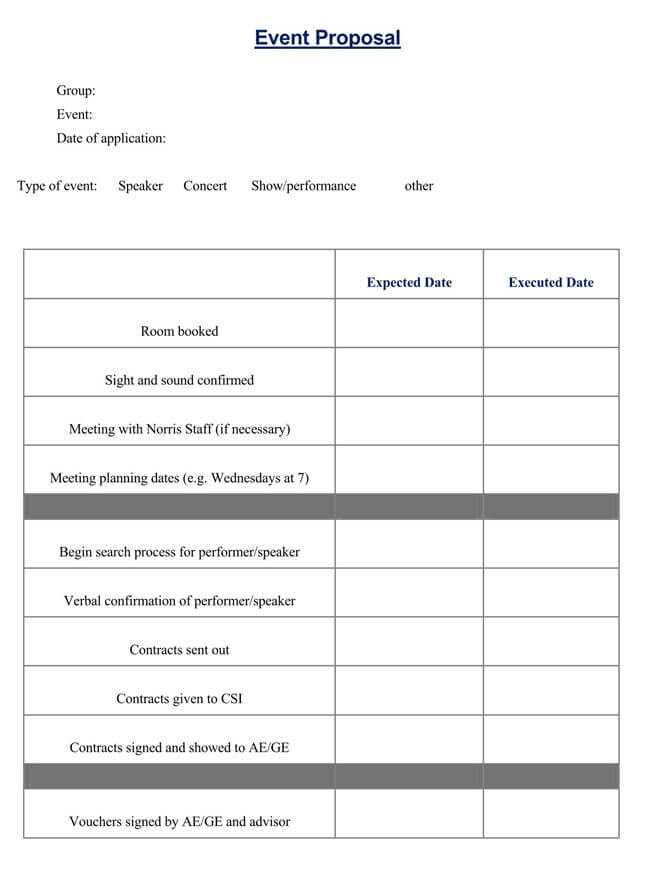
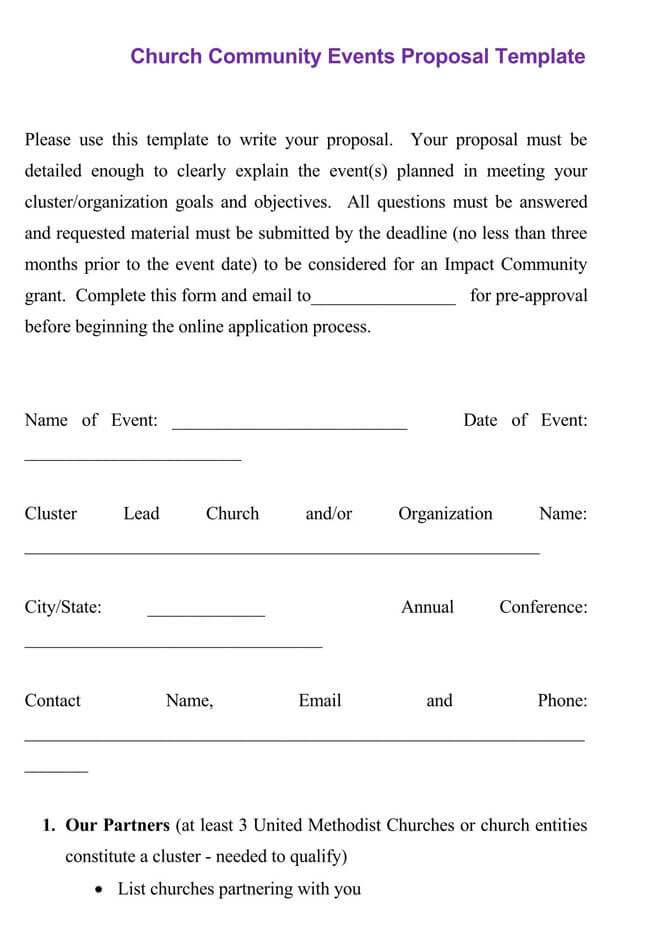
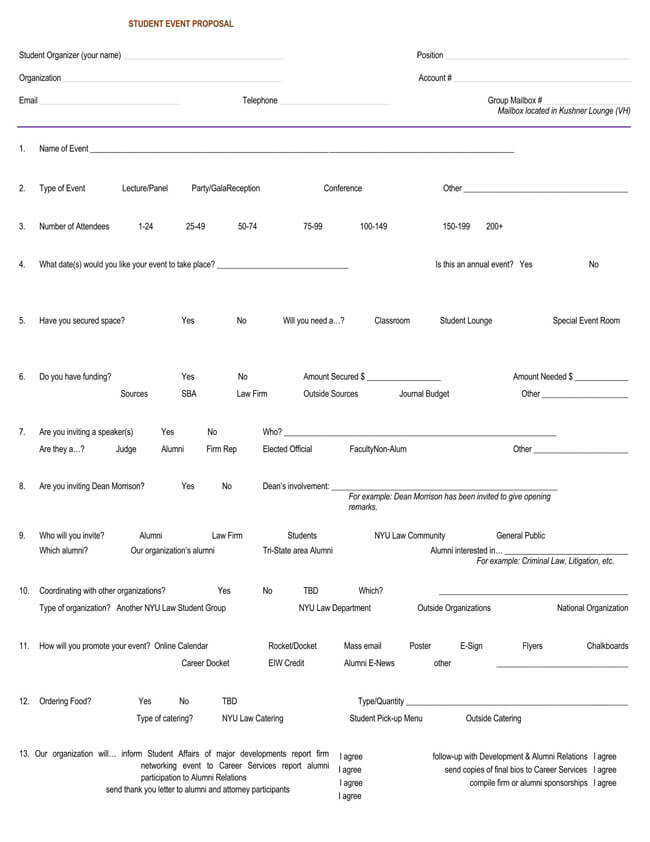
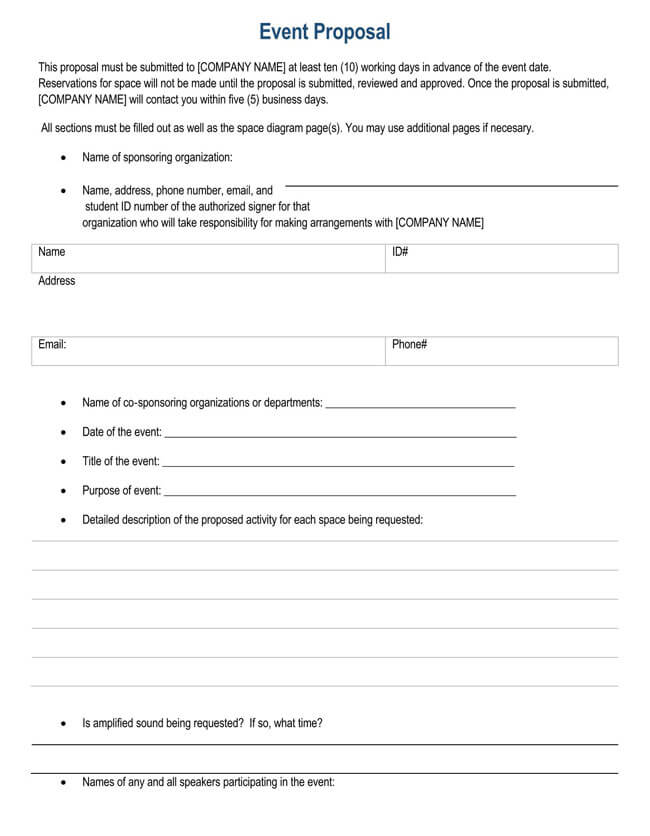
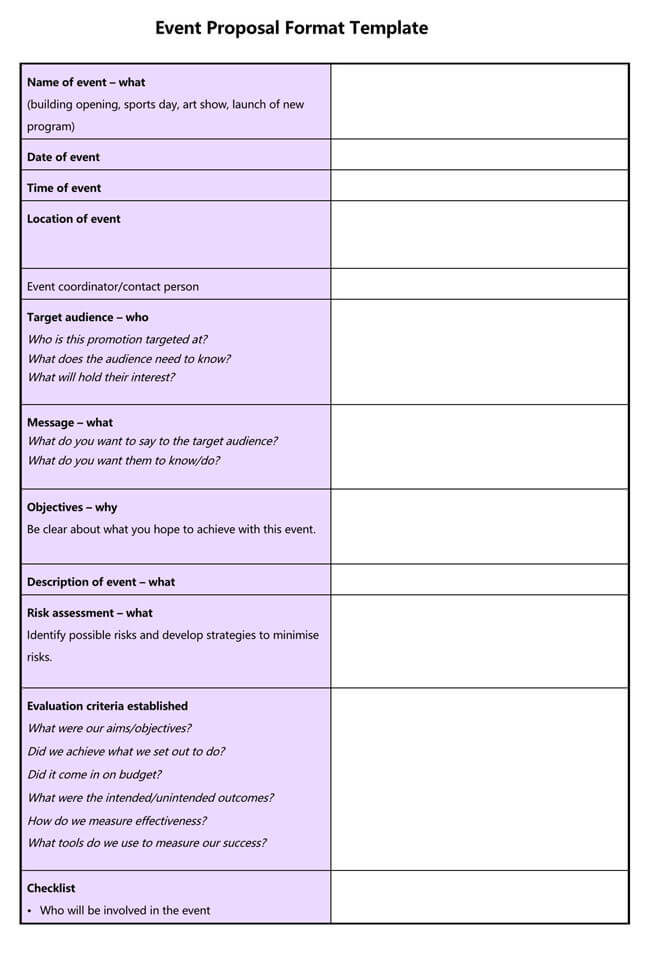
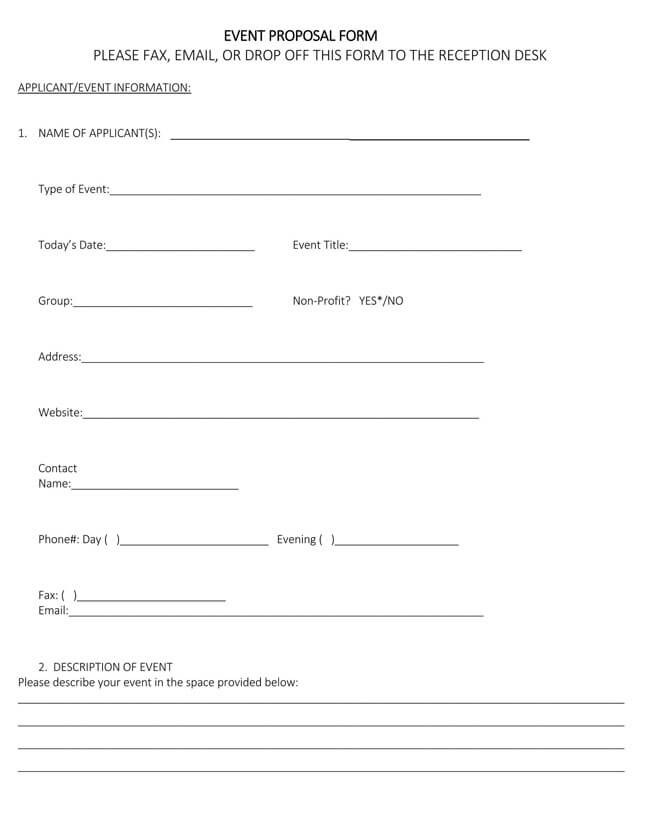
Importance of a Proposal
If you want to break into the top tier of event planning, big clients, big ideas, and big paychecks- you need to master the art of writing an effective proposal.
Typically, your career heavily relies on how well you can write your proposals. Proposals are the embodiment of an event planner’s style applied to the client’s vision, and they can either win the business or open the door for competition.
Planning an event demands a lot of attention to detail, scheduling, organization, and follow-up. Subliminally showing your potential client that you have the skills they are looking for requires submitting a well-written proposal.
Crafting an effective proposal requires understanding all the clients’ specifications, who are often unorganized and nervous. Writing a good proposal proves that you can create order and produce excellent results even on a shorter deadline. As a result, it helps the client settle and has a mind knowing that they can trust you to handle everything and with perfection.
If you have been in the profession for some time, you probably know that most clients don’t know what they want. They are looking for the right planner or planning company with a vision to help them plan a fantastic event. Whether it is a corporate gateway, a million-dollar wedding, a reunion party, retirement party, family gathering, or a small function at the kid’s birthday party, the key to achieving the best results starts with a well-written proposal that describes the event in detail.
Pre-Writing Considerations
How do you write an effective proposal? Consider the following pre-writing considerations:
Schedule a face-to-face meeting
Before you start writing the proposal, meet with the prospective client and discuss what they have in mind for the event, the purpose, the number of expected guests, and what they hope to accomplish. During the meeting, write down the date, time, and desired venue as per the client’s specifications. Besides, note down any client’s ideas regarding the theme, catering, color schemes, ambiance, or overall aesthetics.
Be an expert
Secondly, do not write a proposal that reads like a formal letter. Review one of your past proposals and read it from a client’s perspective. Take note of the tone you used. Was it convincing? Did it impart trust? Would you consider collaborating with the writer if you were the client? If you put thought into how you want to position yourself, you will take greater control over how the client perceives you. Thus, position yourself as the expert and make recommendations for success.
Understanding the needs
It is important to remember that your client is probably looking at other proposals from different planners, and they will most likely pick a planner that best understands their specific needs. Therefore, avoid talking more about yourself and talk more about the desires of because the proposal is specifically for the client.
Logo and contact information
Consider including your company logo and contact information on the proposal’s cover page. The title of your proposal should also be customized and be specific to the client if you are proposing for a specific company. You wouldn’t want your client to think that you have a generic template you use for all clients.
Crafting the Proposal
To come up with a great proposal that puts you out there before the client, follow the following step-by-step guide:
Introduce the project
Begin the proposal with a brief introduction about yourself and your company. Include particulars, such as how long you’ve been in the business, your capabilities, and provide past client work that you aced. Providing an introduction about yourself and your company is essential because it helps to give the client an idea of who you are and how long you’ve been in the business.
If you don’t have any experience yet, you can mention any relevant training you have, any experience you obtained while on internship, volunteering, or coordinating a project.
Generally, the self-introduction section should include Your bio, any certifications that you possess, your business name, your contact information, including mailing and email addresses and name, your years of experience, business associations, professional references from previous successful events, and federal employment ID if you have one.
Formatting the description
Provide a summary of the actual event, including the client’s needs identified during your meeting and the client’s goals. When a client sees this information right away, it reassures them that you understand their needs. The description part should be written in a visually appealing way. If you are not an accomplished writer, find an expert writer with words to give this section as much appeal as possible.
If you have any photos of similar events that you did that accomplish what the client wants, you can attach them in the portfolio section of the proposal.
Generally, this segment should repeat what the client told you but in a more professional and organized way. Therefore, include details such as:
- The different entertainment options available
- The available facilities at the proposed venue
- Catering that may be needed
- Seating information
- Open bar information, etc.
While writing this part, you should also strive to give more helpful insights than what the client had asked for but within their budget. Alternatively, you can also include images of the client’s desired venue to enable them to see exactly what they are getting.
tip
Including venue images also gives you a better chance of getting hired as most of the competitors will probably submit unattractive non-custom word documents.
Enlist services provided
This section is essential as it helps the client to know what services you will provide. If the event has fewer gatherings, such as a bridal shower, baby shower, or a birthday party, create a bullet point checklist of your services, the vendors you’ll use, and the location. In this case, you can attach photos of a similar function you’ve done in the past to allow the client to have a clear outlook of what you can offer.
However, if the event is massive with multiple functions such as a luncheon, a wedding, a formal presentation, etc., it would be best to consider creating sections for each aspect and then list the different services provided.
Show your previous work
Supposing you have done similar events before, with things representing what the client is looking for, consider including photos to showcase your potential. Providing visual representation is the best way to communicate with your clients about the proposed feeling, and it goes a long way in helping them visualize the space.
If you do not have any photos of similar events, you can insert pictures, provide color sketches and renderings, or use working models to demonstrate each aspect. All this helps to inspire the client and reassure them that you understand their needs, thus enabling you to break ground and be hired.
Incorporate monetary information
Naturally, all clients will look at any proposal to see how much it will cost them to host an event of their preference. While the client may be reading the proposal and taking in all the details you envision, their mindset might shift abruptly when they reach the section discussing money and all business. You don’t want this sudden change in mindset.
Therefore, you should include a section titled “Proposed Costs” and guide the client through the aspects of the event while carefully articulating the costs and prices of each item plus their specific purpose. This helps the client envision the event and understand all the related costs, thus giving you an advantage over your competition.
Include a timeline
Including an approximate timeline in the proposal is crucial. It helps ease any concerns that the client may have and reassures them that a professional is in control and things will go as expected.
According to experts, clients care about these timelines, thus, include an approximate timeline for your work. When writing this part, including how far in advance you will begin working and all the milestones leading up to the event. As you communicate your timeline, remember that the critical point is to make your client feel like you have everything under control and that they will not have to stress at any stage.
Service proposal policies
Although this section is unnecessary, you can consider ending your proposal by having a section that talks about your policies. This can go a long way in managing your client’s expectations.
Typically, this may include policies such as:
- Minimum guaranteed headcount
- A company’s cancellation policy, for instance, if the client cancels an event underway, he/she will receive a 50% refund
- Payment due dates policies
- Rental or damage policy
- Event planning booking policy, for example, to book, you have to pay 50% upfront
- Limited time offer on a particular proposal, which is 60 days in most cases.
Once you have provided your service proposal policies, you can conclude your proposal by thanking the client for the opportunity and providing your contact details, including your phone number and email address, such that they can quickly contact you regarding any clarifications.
Tips for Proposals
When writing a proposal, you should address five key details to ensure that your proposal template works for you and your company’s advantage. It’s imperative to remind yourself that the best template is your template. Thus, while writing your next proposal, consider the following tips:
- Write a captivating story: Your proposal is a story, and definitely, a human being will be reading the story; thus, they will quickly identify with one that has a beginning, middle, and end. Knowing this information allows you to pick the best structure for your work, leading to more excellent readability.
- Show your expertise: Your value as a planner is positioning yourself as the expert and making suggestions and recommendations to make the event a success. Therefore, don’t just take orders from the client and execute them. Instead, work as partners with the client in driving successful functions
- Plan money conversations: Depending on your style, decide how the money conversation will fit into your proposal. You can list it throughout the proposal by creating a line-by-line budget estimate that is fair and reasonable. Perhaps, you can also state the exact prices of each item of the event, such that the client knows precisely what to expect.
Frequently Asked Questions
The five W’s of event planning are Who, What, Where, Why, and When. Usually, the answers to these questions are the building block for the planning process, and they should be a planner’s starting point.
Event designing involves the décor and aesthetic aspects, whereas event planning is all about the logistics and organization of the occasion.




